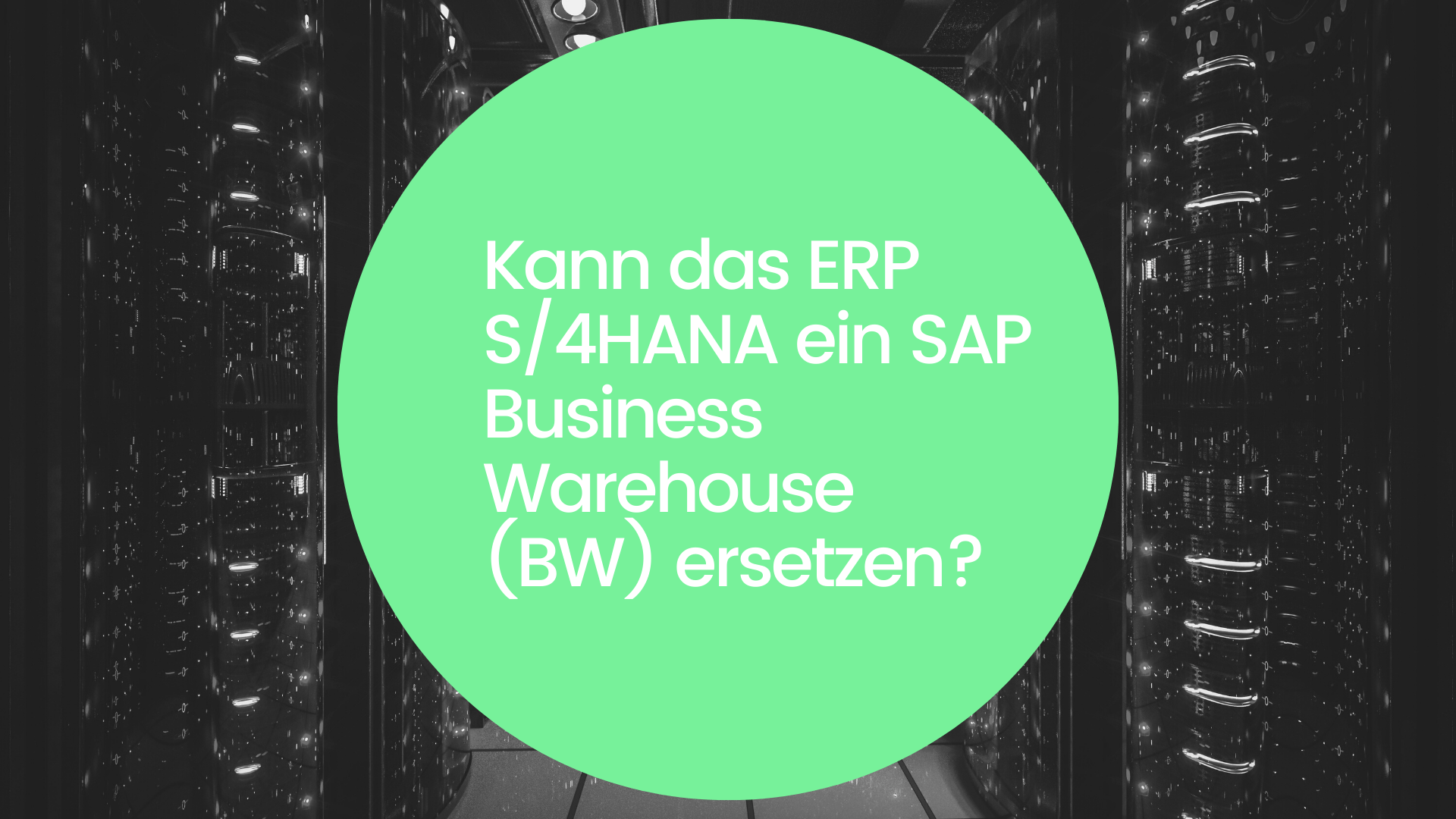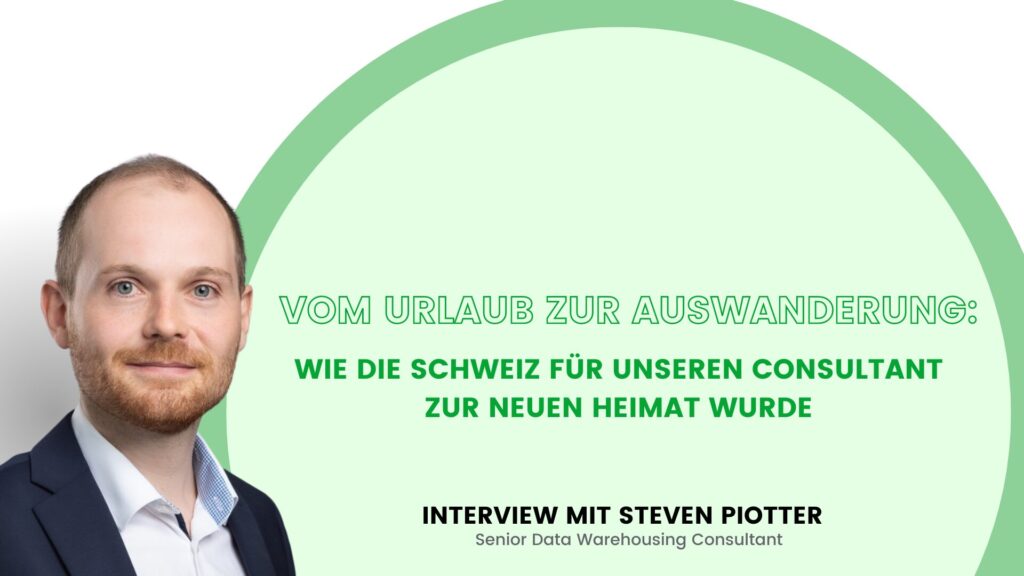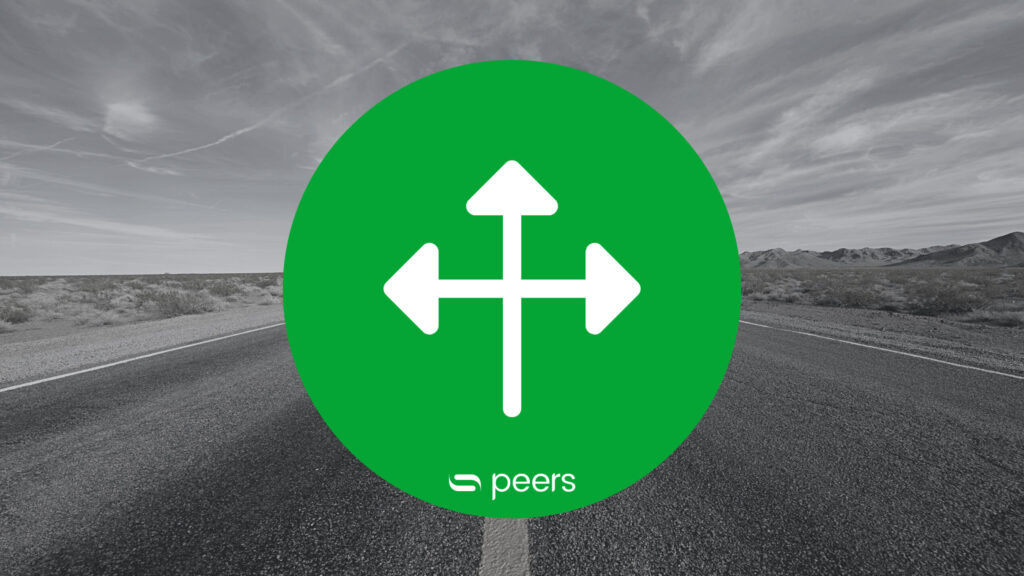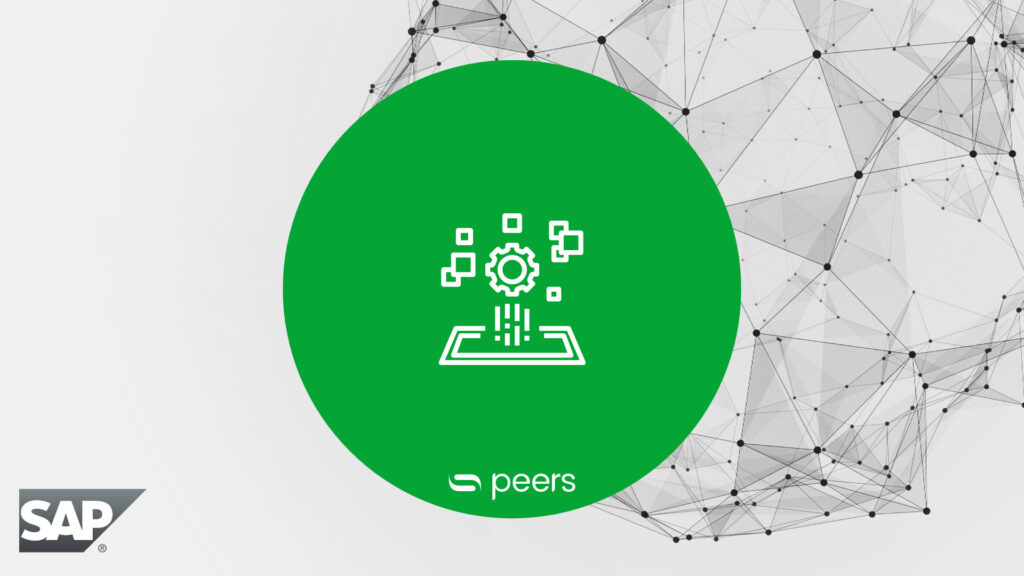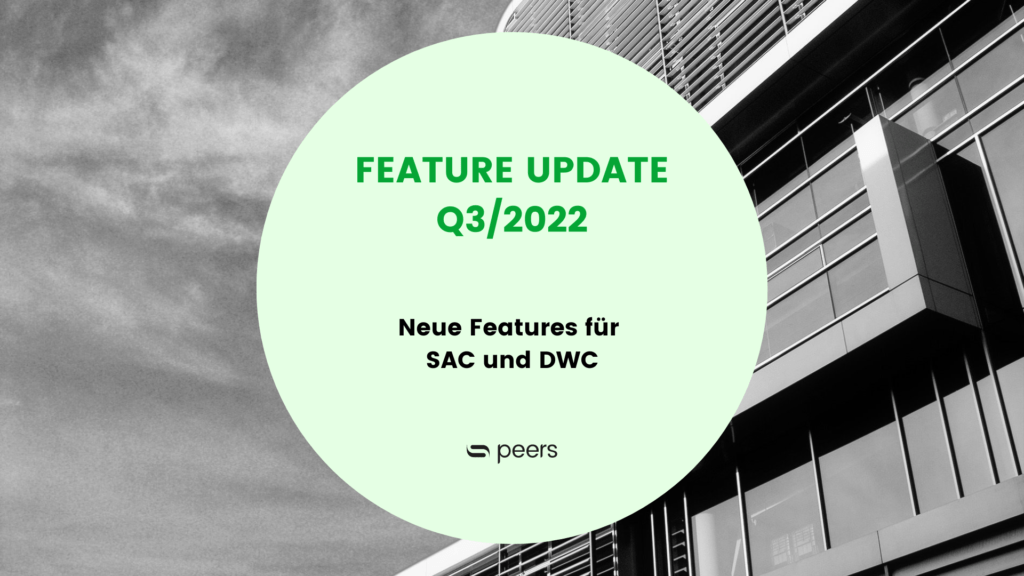- Blog
- Data Warehouse, ERP System, S/4HANA
- 3 min reading time

Sven Knöpfler
New product: SAP BW/4 HANA.
After 20 years, SAP BW (SAP NetWeaver BW or SAP Business Intelligence Warehouse) has had a successor: Welcome to the age of SAP BW/4 HANA.
Advantages of SAP BW/4 HANA in relation to business analytics
The SAP HANA platform has undoubtedly closed various gaps in the SAP ERP solution. The improvements include, for example:
- Novel and improved workflows
- Increased transaction volumes
- Efficient real-time analysis of movement data
- Previously unknown flexibility regarding the change of reporting structures
- Innovative real-time simulations of business scenarios as a highlight
Disadvantages of SAP BW/4 HANA in relation to business analytics
All predefined aggregated data such as index and summary tables are eliminated. On this basis, S/4HANA now offers optimal flexibility for business data analyses and reporting, among other things.
Some sales and marketing communications suggest that with S/4HANA, SAP has launched a new ERP product that makes the functions of SAP BW obsolete. From a practitioner's perspective, however, this claim is deceptive: BW has by no means become obsolete or is still necessary - but why?
BW or data warehouse (DW) focuses on the integration of different systems. In this context, it is about receiving, processing and analysing information. Business areas and business processes are generally very different, which in part prevents mapping within a single system - and cannot be eliminated via S/4HANA.
Even with the creation of technological feasibility, a separation between operational and strategic systems has become an integral part of IT architectures.
The distribution of business processes across several operational systems (e.g. separate personnel processes) is being pushed further and further by, among other things, constantly increasing security regulations and other regulatory requirements.
Especially in the area of global, cross-industry conglomerates with significantly different business processes in different parts of the organisation (e.g. downstream vs. upstream processes in the oil and gas industry), merging operational systems is a particular challenge. In parallel, not to be disregarded: Mergers and acquisitions, whereby third-party systems also repeatedly determine the IT landscape architecture.
In such scenarios, homogeneous systems are rather wishful thinking or would even prove to be disadvantageous: Here, maintaining multiple operational systems for dedicated business units rather reduces complexity considerably and at the same time reinforces the demand for integration into a data warehouse architecture.
In addition, reducing redundancy and data storage can be in direct conflict with the top priorities of productive ERP systems: Ensuring business operations are up and running at all times and securing data from unauthorised access.
Operational systems only store the current characteristics of data. In BW, on the other hand, it is possible to map temporal perspectives - and ultimately create the prerequisite for being able to carry out evaluations with regard to historical data.
If the need for a DW has been recognised, it can be assumed today that it must be much more powerful or offer more options compared to the past.
This is because data warehousing is undergoing a fundamental transformation: on the one hand, data volumes and the complexity of analytics (big data) are increasing sharply. On the other hand, tighter integration into business processes (Smart Everything) is required.
At the end of this transformation is a modernised version of data warehousing (and eventually SAP BW) where "Big Data" is part of the concept (infrastructure not necessarily identical). Although some of the real-time reporting to the operational (ERP) systems is potentially lost in the process, the overall relevance of DW increases significantly as the advanced analytics generate more value for the respective company.
To meet the corresponding demand, SAP has developed BW/4 HANA, a new product based on the concept of its "cousin" S/4HANA: new lines of code built on the SAP HANA platform to meet all of today's digital business requirements in the cloud and on-premise.
Summary
S/4 HANA and SAP HANA have undeniable and success-relevant advantages for companies.
In addition, a data warehouse is needed to cover different source systems and methods (integration, cleansing, harmonisation, transformation, historisation of data) as well as the demand for a common architecture in an equally efficient, performant and reliable way.
Would you like to delve deeper into this topic? Then learn more about SAP BW (on | 4) HANA here!
Published by:

Sven Knöpfler
Head of Technology

Sven Knöpfler
How did you like the article?
How helpful was this post?
Click on the stars to rate!
Average rating 4.5 / 5.
Number of ratings: 2
No reviews yet! Be the first to rate this post.
